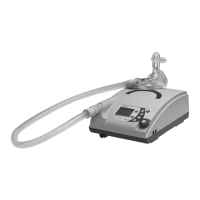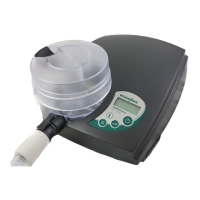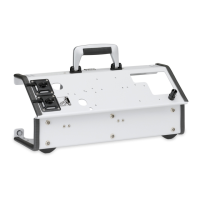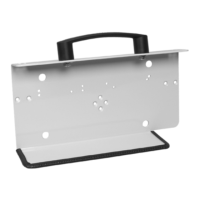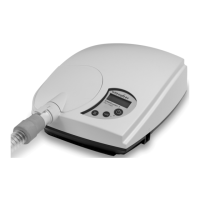8.2 Alarms
A distinction is made between two kinds of alarm.
• Physiological alarms are those alarms which affect the patient's ventilation
directly.
• Technical alarms are those alarms which affect the configuration of the device.
The alarms are classified into three priorities:
• low-priority alarms, indicated by the symbol in the alarm window, a
continuously illuminated yellow LED and an acoustic alarm issued (buzzer)
• medium-priority alarms, indicated by the symbol in the alarm window,
a flashing yellow LED and an acoustic alarm issued (buzzer)
• high-priority alarms, indicated by the symbol in the alarm window,
a flashing red LED and an acoustic alarm issued (buzzer)
8.2.1 Deactivate alarms
The doctor supervising treatment can decide which physiological alarms to activate or
deactivate. If the symbol appears in the status line, all the physiological alarms have
been deactivated by the supervising doctor (see “Physiological alarms” on page 84).
8.2.2 Acknowledging alarms
If a fault triggers an alarm (in this case: disconnection
alarm), you can have the acoustic alarm paused for about
120 seconds by pressing the alarm acknowledgement
key .
SpO
2
signal weak
Nail varnish, dirty fingers
Check SpO
2
sensor and fingertip and clean if
need be
Patient shock Check patient condition
Fault/fault message Cause of fault Remedy
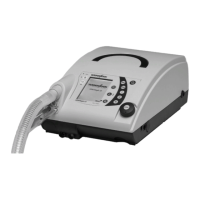
